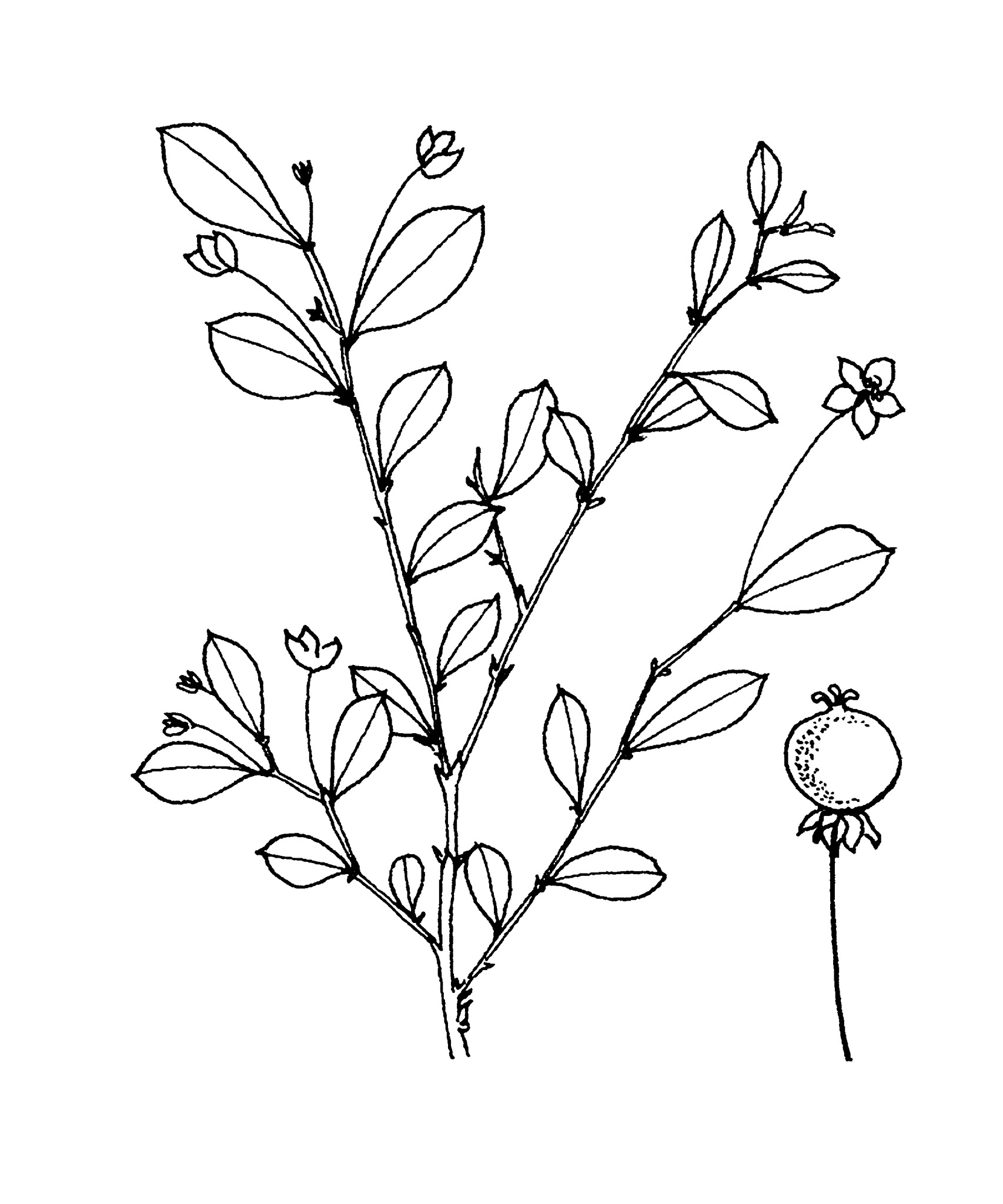
Trees, shrubs, herbs or herbs, rarely climbers, lacking latex, monoecious or dioecious. Leaves usually alternate (rarely opposite), often 2-ranked, simple (rarely compound or absent), entire to serrate; stipules usually present, sometimes caducous. Inflorescences axillary, ocassionally of a single flower, or of terminal cymes or corymbs. Flowers regular, usually unisexual; sepals (3–)5(–8), free or slightly fused; petals as many as sepals or fewer, sometimes absent. Male flowers with 3–10(–many) stamens, free or fused to some extent; anthers 2-celled, dehiscing by longitudinal slits or sometimes by apical pores; rudimentary ovary sometimes present. Female flowers with ovary superior, carpels usually 3-(but up to 20), fused, ovules 2 per cell, but generally only 1 developing, styles usually 3, free or variously united, entire, 2-lobed, sometimes many-lobed, placentation axile; staminodes sometimes present; nectary disc sometimes present below ovary. Fruit usually a schizocarp, rarely a berry or drupe. Seeds lacking arils.
About 60 genera and over 2330 species in tropical and temperate areas of the world, absent from higher latitudes in N. Hemisphere; 16 genera in Australia.
Previously included within the Euphorbiaceae from which it may be distinguished by having 2 ovules per locule of the ovary, in the absence of latex from all structures, and in the non-arillate seeds (often present in Euphorbiaceae).
Created by: Val Stajsic
Updated by: Val Stajsic, April 2018
